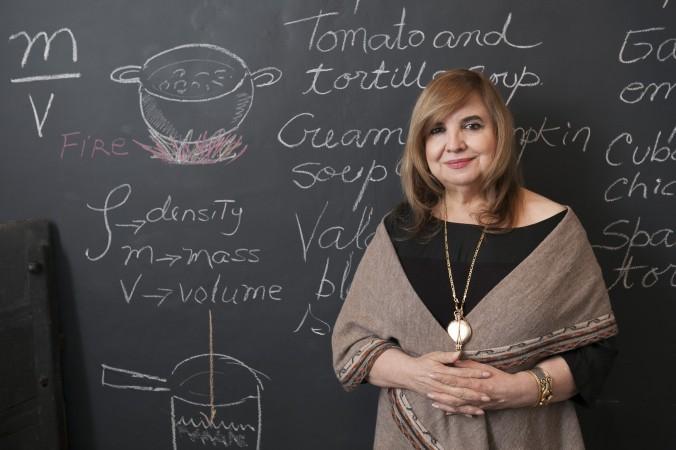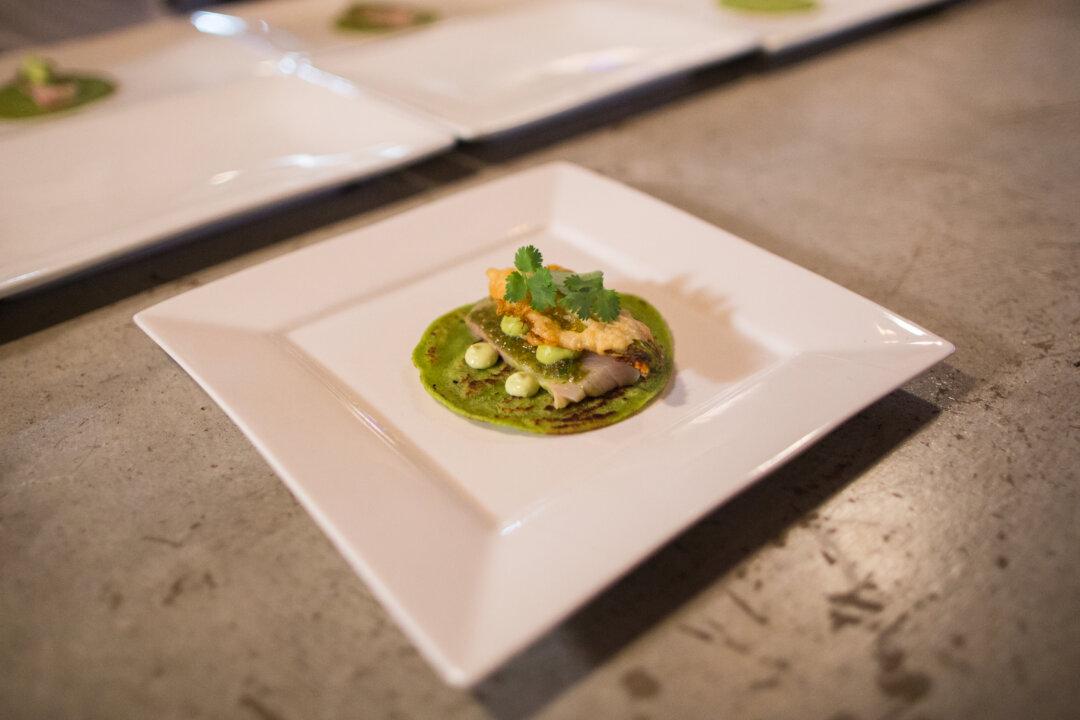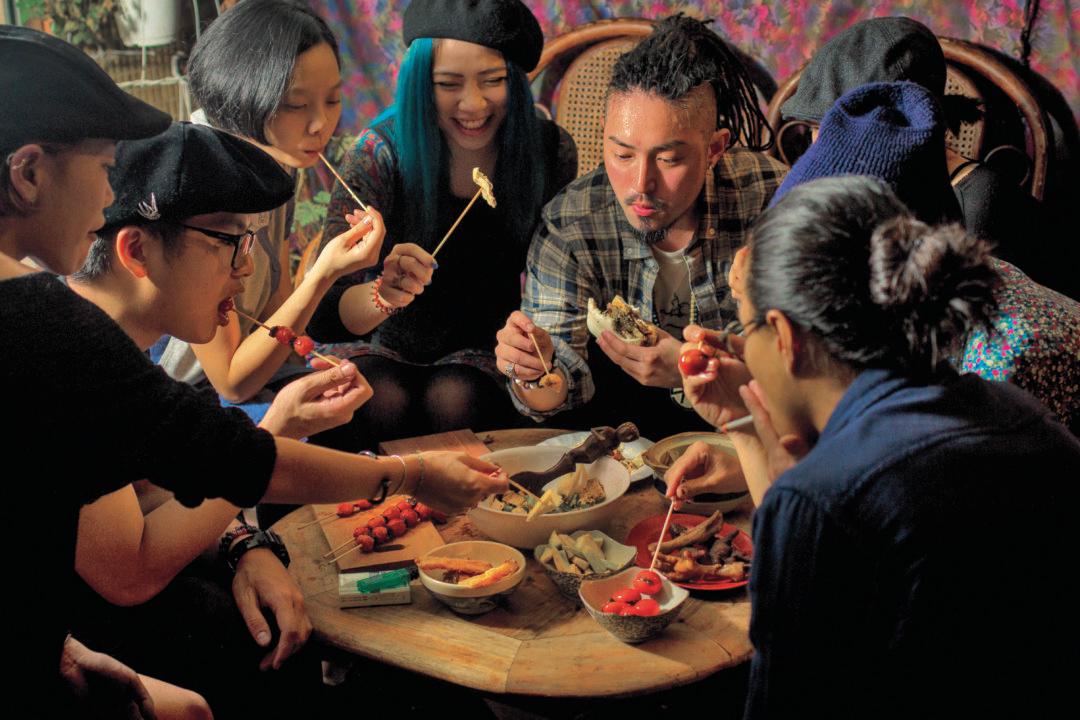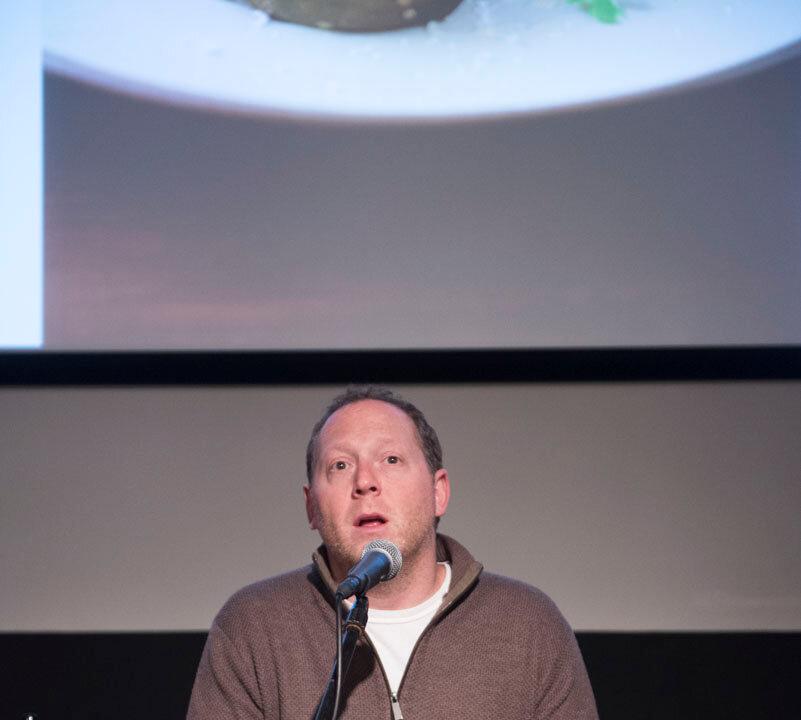“I am a cucharamama,” Maricel Presilla said. “A mother spoon.”
In Ecuador, she explains, it is the largest spoon in the house, the one that women use to make soup for their families, to smack naughty children, and shoo away the misbehaving guinea pigs called cuy.





